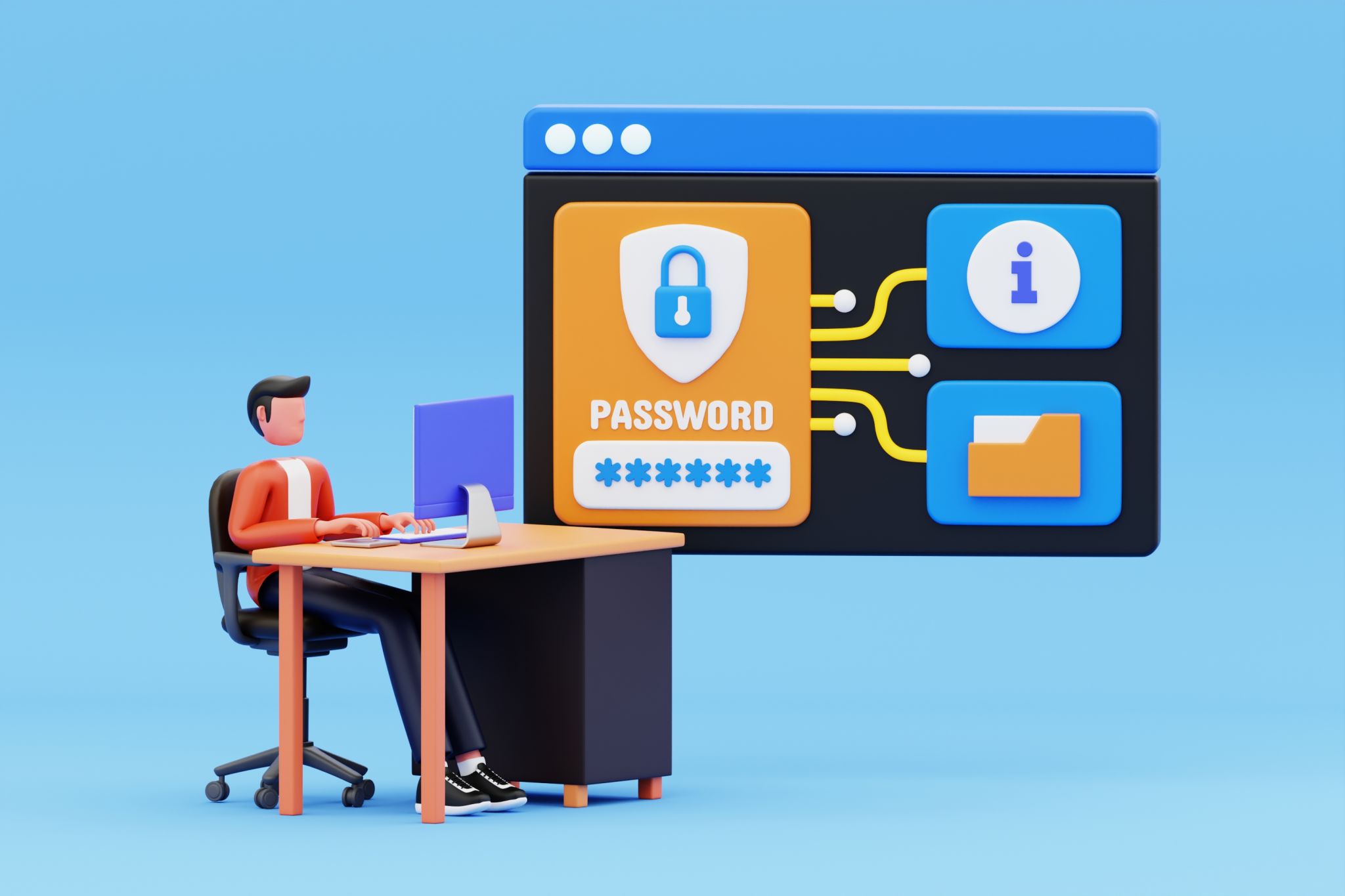Understanding the Role of a Virtual CIO: What You Need to Know
Introduction to Virtual CIOs
In today's fast-paced digital landscape, businesses are increasingly relying on technology to drive growth and innovation. However, not every organization has the resources to employ a full-time Chief Information Officer (CIO). This is where a Virtual CIO (vCIO) comes into play. A vCIO is a strategic partner who helps businesses navigate their IT infrastructure and align technology with business goals.
The role of a vCIO is crucial for companies that seek to leverage IT for competitive advantage but lack the internal expertise to do so effectively. By understanding the role of a vCIO, businesses can make informed decisions about their IT strategy and investments.

The Responsibilities of a Virtual CIO
A vCIO is responsible for several key areas within an organization. One of their primary functions is IT strategy development. They work closely with company leadership to create a roadmap that aligns technology initiatives with business objectives.
Another important responsibility is overseeing IT budgeting. A vCIO helps businesses manage their IT expenses, ensuring that resources are allocated efficiently and effectively. This includes recommending cost-saving solutions and identifying potential risks.

Technology Roadmap Planning
Creating a technology roadmap is an essential task for any vCIO. This involves evaluating current IT systems, identifying areas for improvement, and planning future technology implementations. By doing so, a vCIO ensures that the organization stays ahead of technological trends and capitalizes on new opportunities.
Moreover, a vCIO plays a crucial role in vendor management. They evaluate and manage relationships with third-party vendors to ensure that the organization receives the best possible service and value. This includes negotiating contracts, monitoring performance, and addressing any issues that arise.
The Benefits of Hiring a Virtual CIO
One of the most significant advantages of hiring a vCIO is cost-effectiveness. By opting for virtual services, businesses can access expert-level IT guidance without the expense of a full-time executive salary. This is especially beneficial for small to medium-sized enterprises that may not have the budget for an in-house CIO.

Additionally, a vCIO provides an unbiased perspective on IT-related matters. Being an external consultant, they can offer objective advice without being influenced by internal politics or existing biases. This ensures that decisions are made based on the best interests of the organization.
Scalability and Flexibility
The flexibility of a vCIO allows businesses to scale their IT support as needed. Whether it's a temporary project or ongoing strategic guidance, companies can tailor the level of vCIO involvement to match their specific requirements. This adaptability is crucial in today's dynamic business environment.
Lastly, having a vCIO can significantly enhance an organization's cybersecurity posture. With their expertise, they can implement robust security measures, conduct regular audits, and ensure compliance with industry regulations. This proactive approach helps protect the company from potential cyber threats.

Conclusion
In summary, a Virtual CIO plays an indispensable role in guiding businesses through the complexities of modern IT landscapes. They provide strategic insights, manage technology initiatives, and ensure that IT investments align with business goals. By leveraging the expertise of a vCIO, organizations can enhance operational efficiency, reduce costs, and maintain a competitive edge in their industry.
For businesses looking to optimize their IT strategy without the overhead of a full-time executive, the services of a Virtual CIO present an ideal solution. As technology continues to evolve, having an experienced partner to navigate these changes is more important than ever.